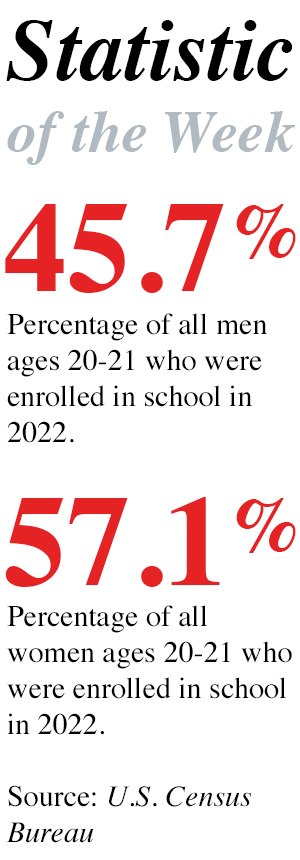Research Finds Gender Differences in College Students’ Communication Regarding Sexual Consent
Posted on Jul 10, 2013 | Comments 0
 A new study by Kristen Jozkowski, an assistant professor of community health promotion in the College of Education and Health Professions at the University of Arkansas finds fundamental differences in the ways men and women communicate about consent to sexual acts. Dr. Jozkowski surveyed students at Indiana University, where she earned her doctorate in health behavior, to determine how they define consent and how they express and interpret consent in sexual encounters.
A new study by Kristen Jozkowski, an assistant professor of community health promotion in the College of Education and Health Professions at the University of Arkansas finds fundamental differences in the ways men and women communicate about consent to sexual acts. Dr. Jozkowski surveyed students at Indiana University, where she earned her doctorate in health behavior, to determine how they define consent and how they express and interpret consent in sexual encounters.
Dr. Jozkowski’s results found significant differences in how men and women communicated their consent to intercourse. She found that women used more verbal strategies and men used more nonverbal strategies. She found men also relied more on nonverbal indicators when interpreting their partner’s consent and nonconsent than women did. This can lead to miscommunication, and in some cases, sexual assault. Dr. Jozkowski believes her study can be used to improve sexual assault prevention programs on college campuses.
“The ways men and women look for cues to indicate consent and interpret them differs and this could potentially lead to unwanted sex,” Dr. Jozkowski said. “We all talk in code.”
“They are saying something, but meaning something else, and they think the intended message is well understood given other contextual cues,” Dr. Jozkowski continued. “But what is really going on from our analyses is that men and women have disjunctive views of consent. Both think they understand each other but really the two (men and women) have different understandings of what these codes mean.”
The study, “Gender Differences in Heterosexual College Students’ Conceptualizations and Indicators of Sexual Consent: Implications for Contemporary Sexual Assault Prevention Education,” is scheduled to be published later this year in the Journal of Sex Research.
Filed Under: Research/Study • Sexual Assault/Harassment








